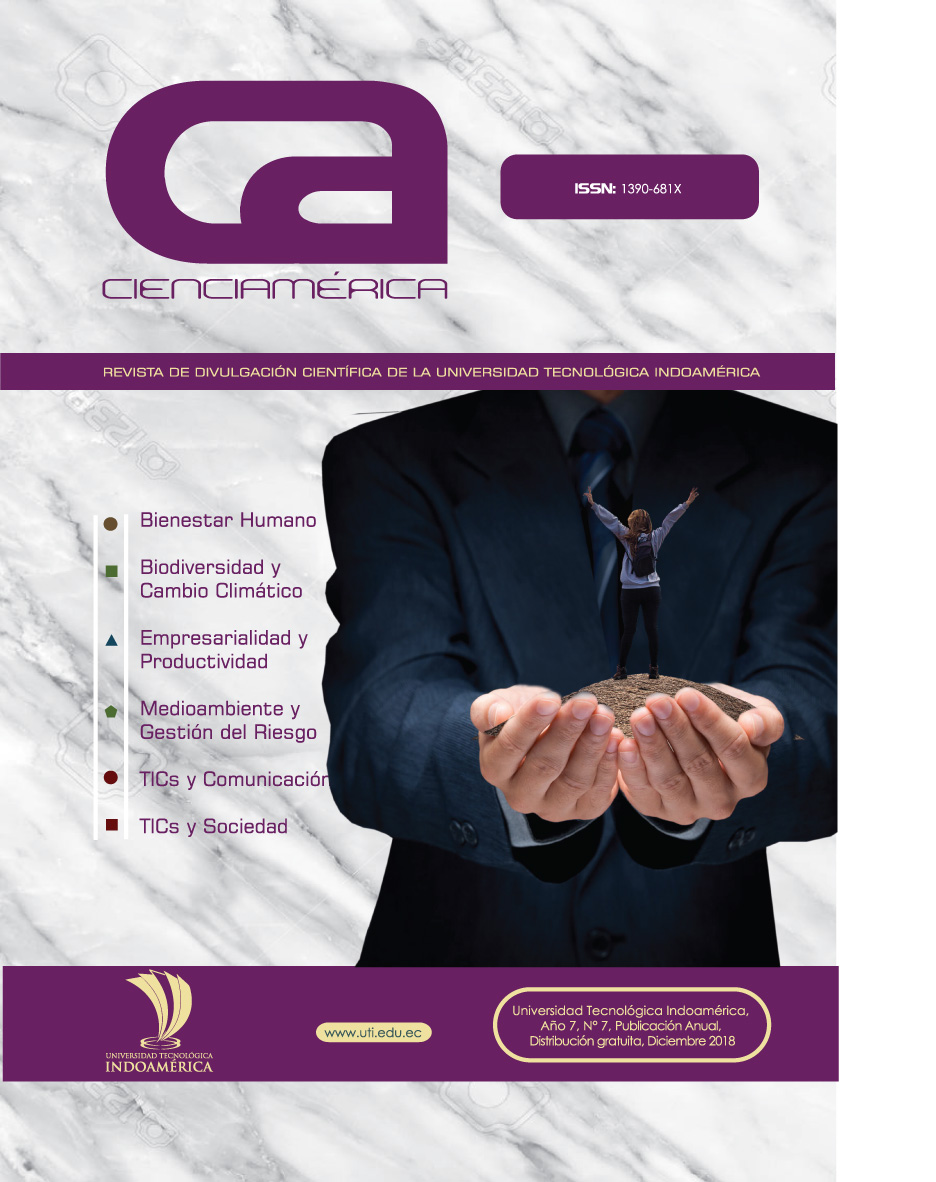Generation of regions of interest with potential of containing pedestrians through target search by using monocular vision
##plugins.themes.bootstrap3.article.main##
Abstract
This article presents an algorithm for regions of interest generation with high potential to contain a pedestrians over monocular images. The generation of these regions has been built using an algorithm to generate search hyperplanes in function of the road-surface together with the generation of random windows on this area plus a variation of the pyramidal sliding window technique; then the pre-processing is done using vertical and horizontal gradient filters. To verify that the region is a possible pedestrian, we start from two hypotheses regarding the human figure, the vertical component is greater than the horizontal and the strong vertical human-symmetry. Through this process, a reduced and optimal set of Regions is obtained in the range of between 2 and 25 meters in front of the camera. The experimental results, over the state of the art databases, show that there is a 91% rate of valid windows with respect to the total of true windows, at 25.38 frames per second.
##plugins.themes.bootstrap3.article.details##

This work is licensed under a Creative Commons Attribution 4.0 International License.
The articles are licensed under a Creative Commons CC BY 4.0 open access licence, which means that anyone can download and read the article free of charge. In addition, the article may be reused and cited as long as the original published version is cited. These conditions allow for maximum use and exposure of the work, while ensuring that the authors receive proper credit.
- Esta obra está bajo una
Licencia Creative Commons Atribución 4.0 Internacional
- .


 http://orcid.org/0000-0001-7507-3325
http://orcid.org/0000-0001-7507-3325
